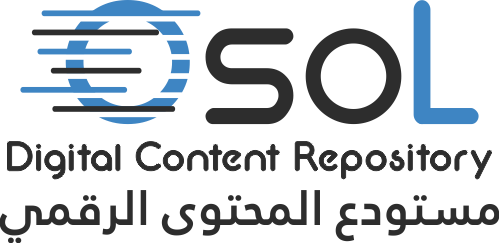Please use this identifier to cite or link to this item:
https://dspace.qou.edu/handle/194/1666Full metadata record
| DC Field | Value | Language |
|---|---|---|
| dc.contributor.author | F. Alzain, Bassam | - |
| dc.date.accessioned | 2018-06-04T07:33:07Z | - |
| dc.date.available | 2018-06-04T07:33:07Z | - |
| dc.identifier.citation | - | |
| dc.identifier.uri | https://dspace.qou.edu/handle/194/1666 | - |
| dc.description.abstract | Two hundred fifty school going children aged (11-17) years old wereexamined for intestinal parasites. Forty eight (19.2%) children were infected withprotozoan parasites (Entamoeba histolytica and Giardia intestinalis). Pretreatmentand post-treated blood samples were collected from the same population of theinfected children for the estimation of hemoglobin levels. Hemoglobin was estimatedusing Sahli's hemoglobinometer. Giardia infected female children showed statisticalsignificant difference in the pre and post treatment mean hemoglobin levels. Thehigher infection rate of commensally strongly suggests the presence of potentiallyinfections and a public health problem. This relationship remained after controllingthe range of socio-economic variables. Protozoan infected children were frequentlyfound to have lower blood hemoglobin concentration than uninfected children, butthis relationship could not be attributed to protozoan infections alone. | - |
| dc.title | Biochemical Estimation of Hemoglobin Livel in protozoan Infected and Treated School Children in Gaza strip - Palestine | - |
| dc.date.updated | 2018-06-04T07:33:07Z | - |
| Appears in Collections: | Journal of Al-Quds Open University for Humanities and Social Research - مجلة جامعة القدس المفتوحة للبحوث الإنسانية والاجتماعية | |
Files in This Item:
| File | Description | Size | Format | |
|---|---|---|---|---|
| 709-2699-1-PB.pdf | 82.61 kB | Adobe PDF | View/Open | |
| 709-2698-1-CE.pdf | 82.61 kB | Adobe PDF | View/Open |
Items in DSpace are protected by copyright, with all rights reserved, unless otherwise indicated.
